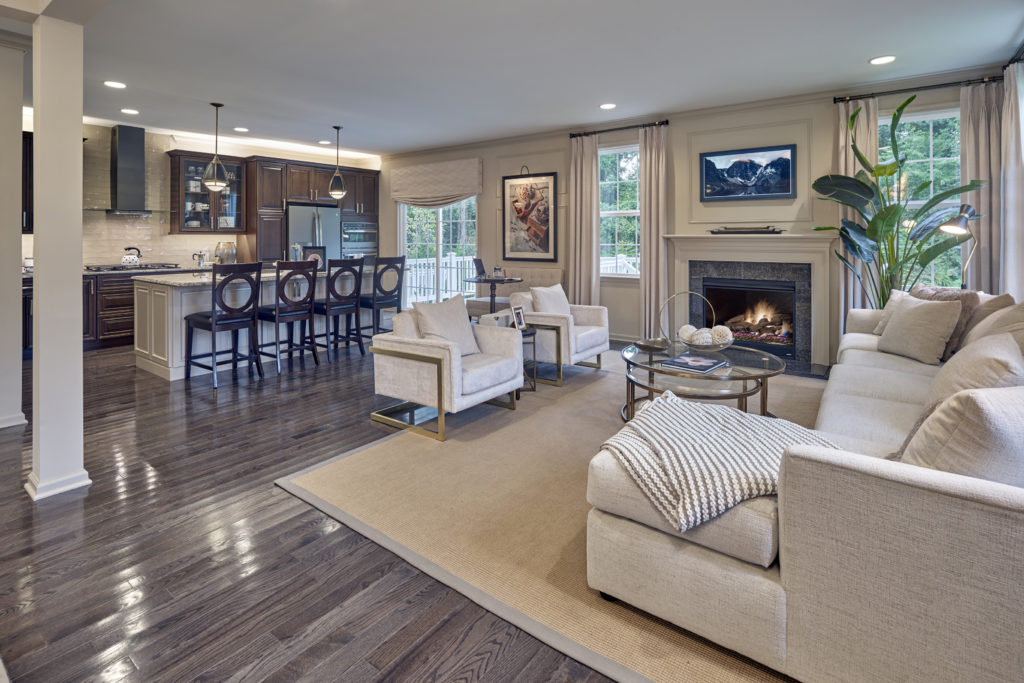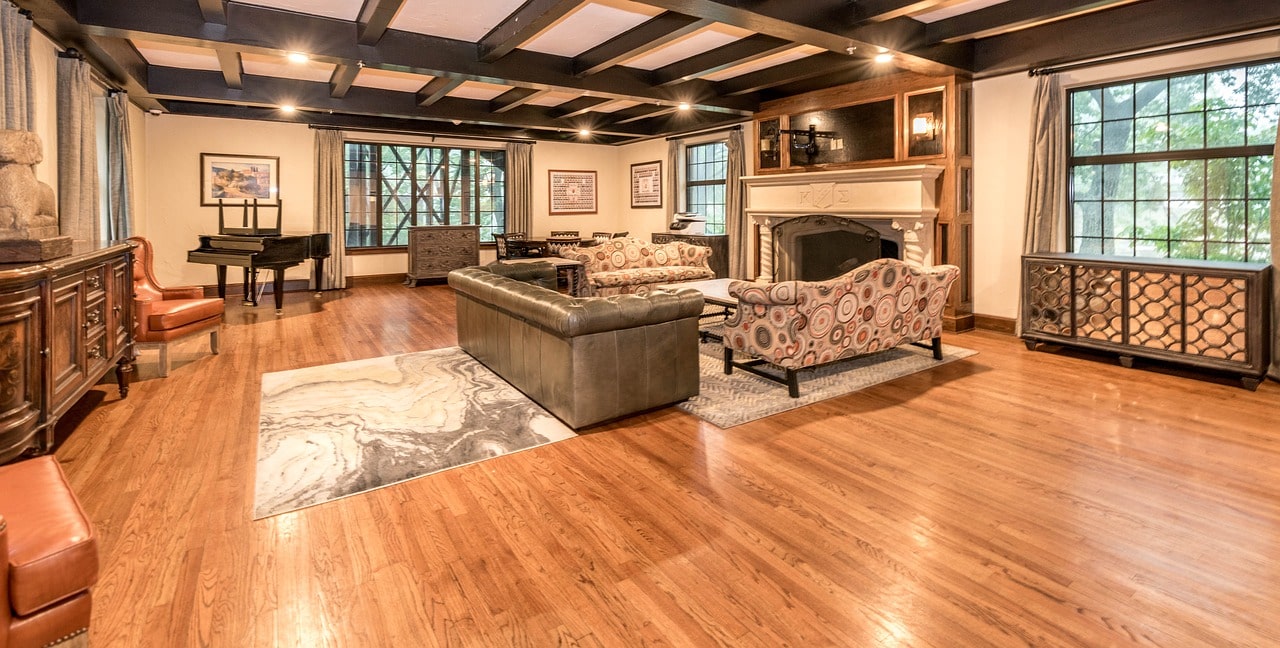If you're lucky enough to have a piano in your home, then you know that it can be the centerpiece of any living room. Not only does it provide beautiful music, but it can also add a touch of elegance to your space. However, finding the perfect spot for your piano can be a bit tricky. Here are our top 10 tips for piano placement in your living room. Piano Placement Tips for Your Living Room
Before you start moving your piano around, it's important to have a plan for the rest of your living room. Decide on the layout and placement of your furniture, and then you can work on incorporating your piano into the space. How to Arrange Your Living Room with a Piano
When it comes to piano placement, the best spot is usually against a solid wall. This provides stability for the piano and also helps to amplify the sound. If possible, try to place the piano on an interior wall rather than an exterior one to avoid temperature and humidity fluctuations. Best Placement for a Piano in Your Living Room
The placement of your piano in the living room can greatly affect the overall layout. If you have a larger piano, it may be best to place it in a corner to avoid it dominating the space. For smaller pianos, try placing it in the center of a wall to create balance in the room. Creating the Perfect Living Room Layout with a Piano
Your piano doesn't have to be the only focal point in your living room. You can make it blend in with your decor by choosing a piano color that complements your furniture. You can also add decorative elements such as a vase of flowers or a piece of artwork above the piano to make it feel more integrated into the space. Incorporating a Piano into Your Living Room Design
When considering placement options, it's important to keep in mind the acoustics of the room. Avoid placing the piano too close to windows or doors, as this can affect the sound quality. It's also a good idea to avoid placing it next to a fireplace or HVAC vent, as these can cause damage to the instrument. Finding the Ideal Spot for Your Piano in the Living Room
Your living room should be a space that is both functional and visually pleasing. When placing your piano, make sure it doesn't obstruct any walkways or disrupt the flow of the room. You can also use the piano as a divider to create separate spaces within your living room. Making Your Living Room Functional and Stylish with a Piano
While there are general guidelines for piano placement, ultimately it comes down to what works best for your specific living room. However, there are a few dos and don'ts to keep in mind. Do place the piano on a level surface, away from direct sunlight and heat sources. Don't place it in a high-traffic area or in a room with a lot of moisture. The Dos and Don'ts of Piano Placement in the Living Room
If you're worried about your piano standing out too much in your living room, there are ways to balance it with your decor. For example, you can place a rug underneath the piano to create a defined space for it. You can also use pillows or other accessories in coordinating colors to tie the piano into the rest of the room. Tips for Balancing a Piano in Your Living Room Decor
If you have a smaller living room, you may be wondering how to fit a piano into the space without it feeling cramped. One solution is to choose a smaller piano, such as a spinet or console, that can fit against a wall. You can also use a piano bench with storage to save even more space. In conclusion, when it comes to piano placement in your living room, the key is to find a spot that works best for your space and lifestyle. With these tips, you can create a functional and stylish living room that showcases your beautiful piano. How to Maximize Space with a Piano in Your Living Room
The Importance of Piano Placement in Your Living Room

Creating Harmony and Aesthetics
 When designing a living room, it is important to consider all aspects of the room, including the placement of any
piano
that may be present. The
piano
is not only a functional instrument, but it can also serve as a beautiful centerpiece in your living room. Proper
piano
placement can create a harmonious and aesthetically pleasing space that reflects your personal style and enhances the overall design of your home.
When designing a living room, it is important to consider all aspects of the room, including the placement of any
piano
that may be present. The
piano
is not only a functional instrument, but it can also serve as a beautiful centerpiece in your living room. Proper
piano
placement can create a harmonious and aesthetically pleasing space that reflects your personal style and enhances the overall design of your home.
Maximizing Space and Flow
Optimizing Acoustics
 Another important factor to consider is the acoustics of your living room.
Pianos
produce sound in all directions, so it is important to place the instrument in an area that allows for the best sound projection. Placing the
piano
near a large window or open space can enhance the acoustics and create a more enjoyable listening experience.
Another important factor to consider is the acoustics of your living room.
Pianos
produce sound in all directions, so it is important to place the instrument in an area that allows for the best sound projection. Placing the
piano
near a large window or open space can enhance the acoustics and create a more enjoyable listening experience.
Considering Lighting and Temperature
 Lighting and temperature can also have an impact on the placement of your
piano
in the living room. Natural light can be beneficial for playing and reading sheet music, so placing the
piano
near a window can be a good choice. However, it is important to also consider the temperature in the room, as extreme heat or cold can affect the tuning and overall condition of the
piano
.
Lighting and temperature can also have an impact on the placement of your
piano
in the living room. Natural light can be beneficial for playing and reading sheet music, so placing the
piano
near a window can be a good choice. However, it is important to also consider the temperature in the room, as extreme heat or cold can affect the tuning and overall condition of the
piano
.
Personal Preference and Functionality
 Ultimately, the placement of your
piano
in the living room should reflect your personal preference and the functionality of the space. If you frequently entertain guests in your living room, placing the
piano
in a more central location can serve as a conversation piece and add to the ambiance of the room. On the other hand, if the
piano
is primarily used for personal practice or enjoyment, placing it in a more secluded area may be beneficial.
In conclusion, the placement of a
piano
in your living room is an important aspect of house design that should not be overlooked. By considering factors such as harmony, space, acoustics, lighting, and personal preference, you can create a beautiful and functional living room that showcases your
piano
and enhances the overall aesthetic of your home. So, take the time to carefully plan and consider the placement of your
piano
to create a space that is both pleasing to the eye and soothing to the ear.
Ultimately, the placement of your
piano
in the living room should reflect your personal preference and the functionality of the space. If you frequently entertain guests in your living room, placing the
piano
in a more central location can serve as a conversation piece and add to the ambiance of the room. On the other hand, if the
piano
is primarily used for personal practice or enjoyment, placing it in a more secluded area may be beneficial.
In conclusion, the placement of a
piano
in your living room is an important aspect of house design that should not be overlooked. By considering factors such as harmony, space, acoustics, lighting, and personal preference, you can create a beautiful and functional living room that showcases your
piano
and enhances the overall aesthetic of your home. So, take the time to carefully plan and consider the placement of your
piano
to create a space that is both pleasing to the eye and soothing to the ear.































































/beginners-guide-decorating-living-rooms-2213483-01-dc1147fbe923412da3fe215f7583e66a.jpg)












